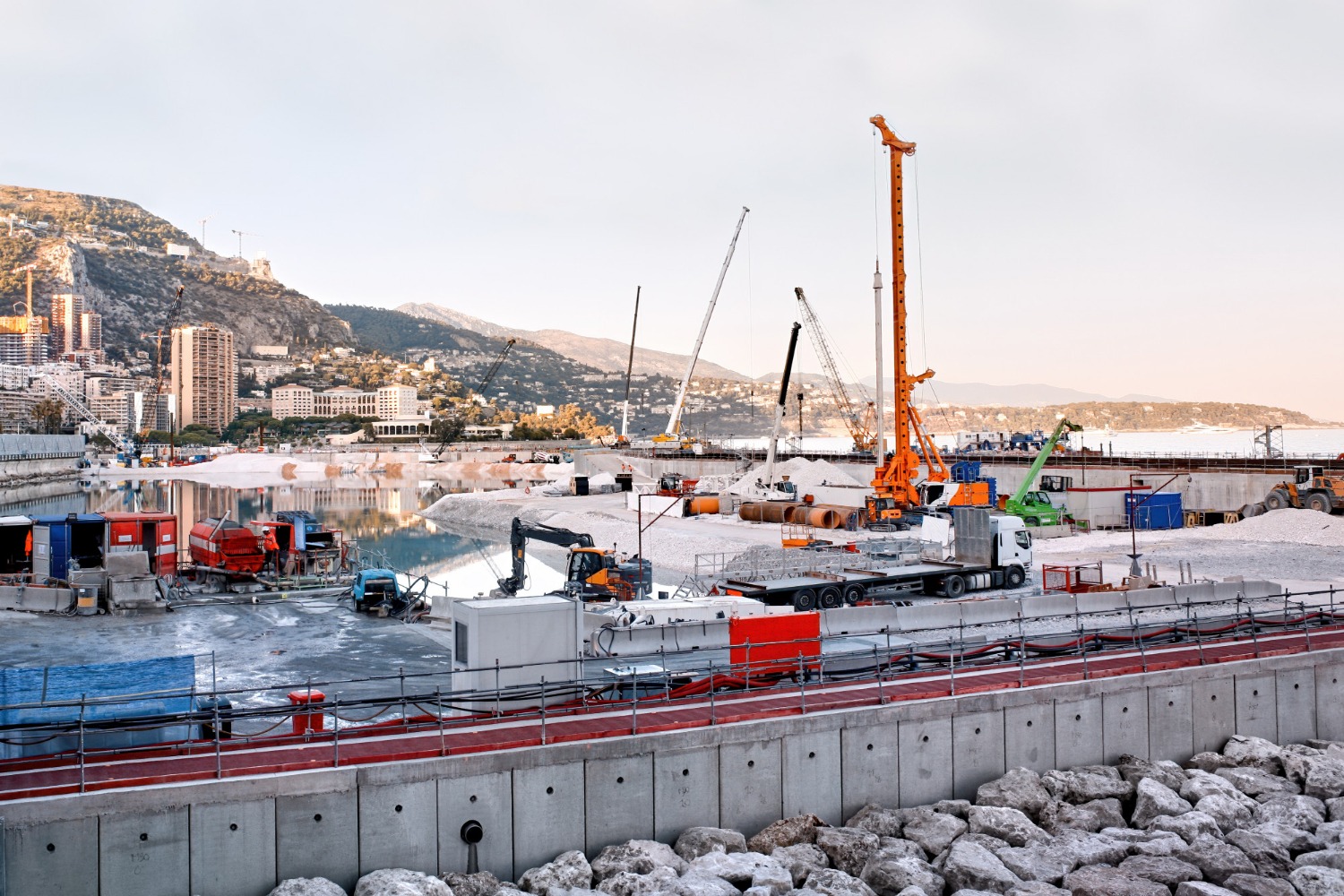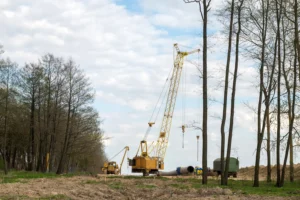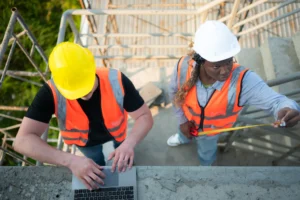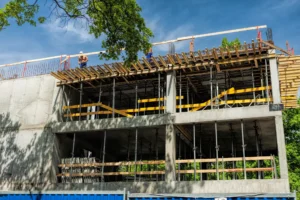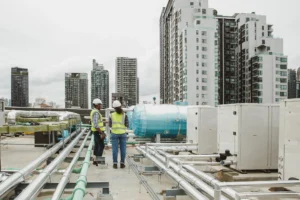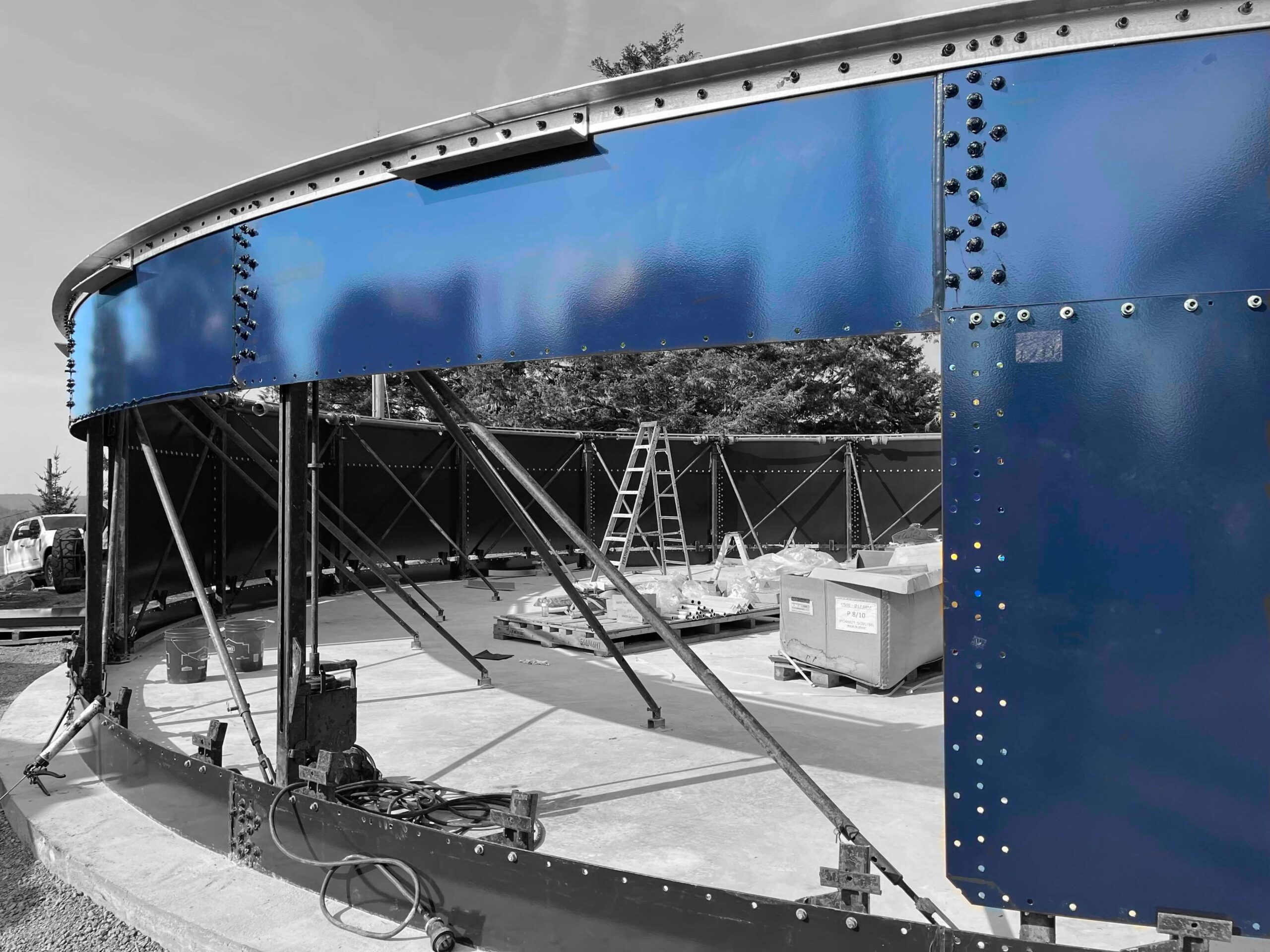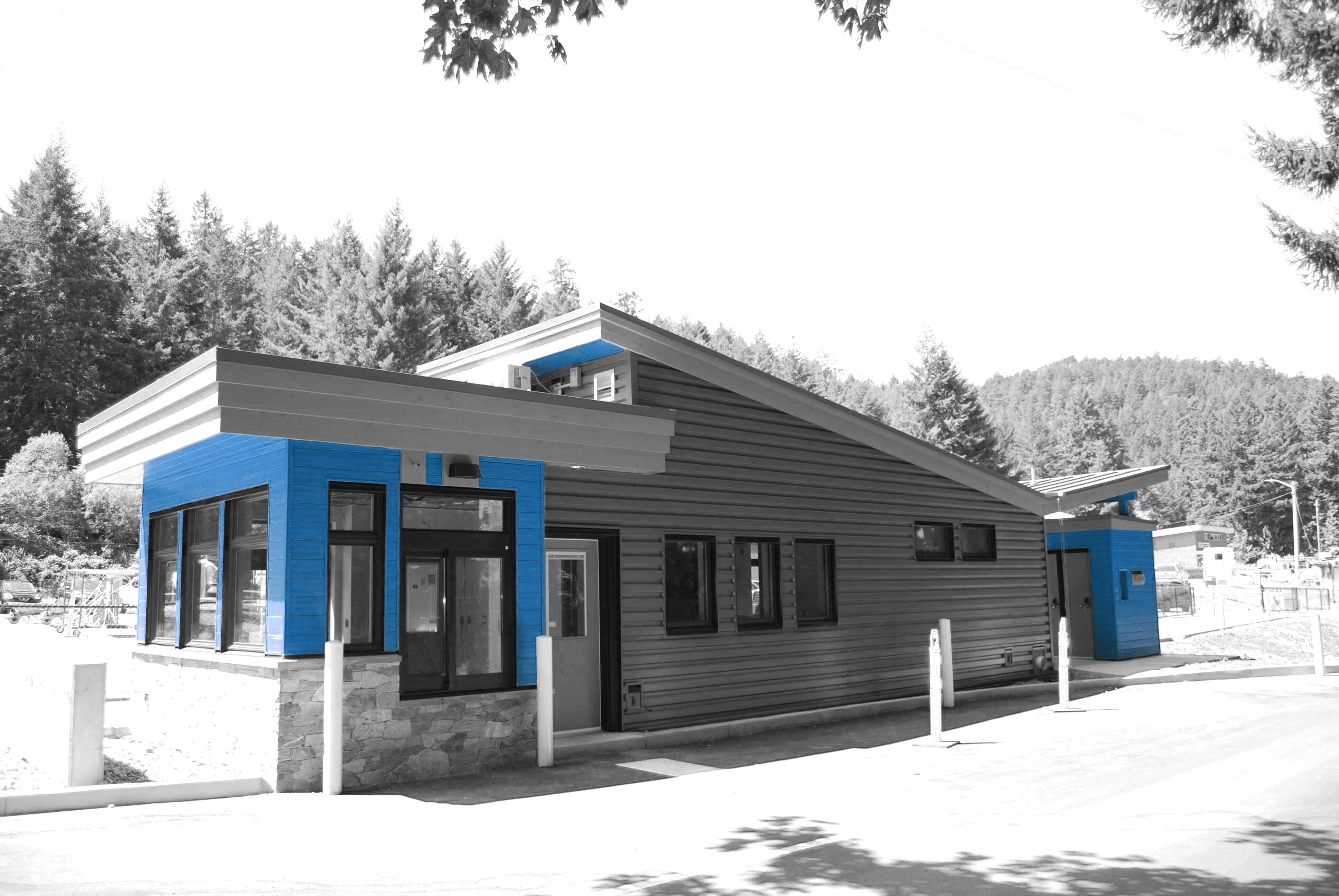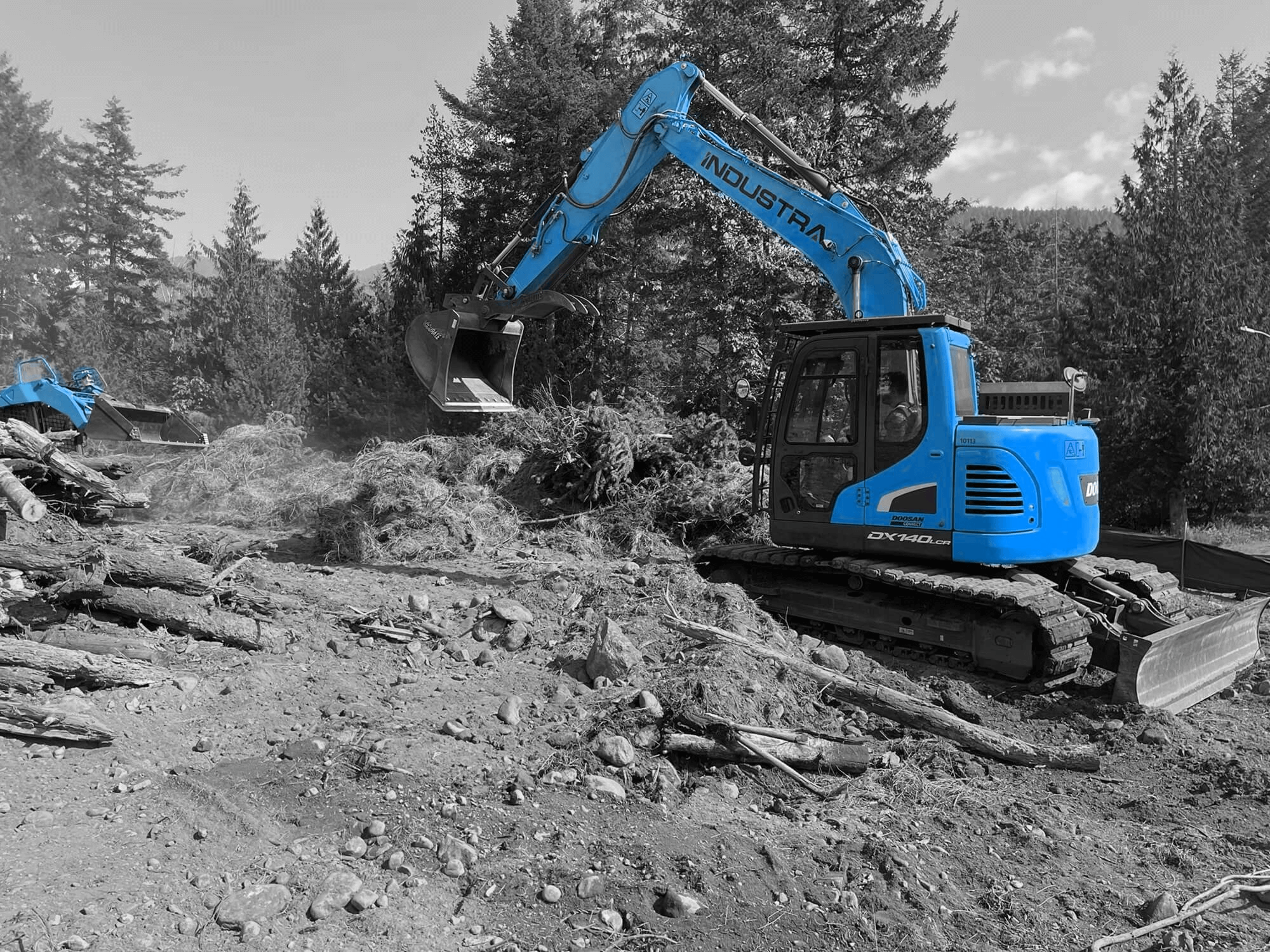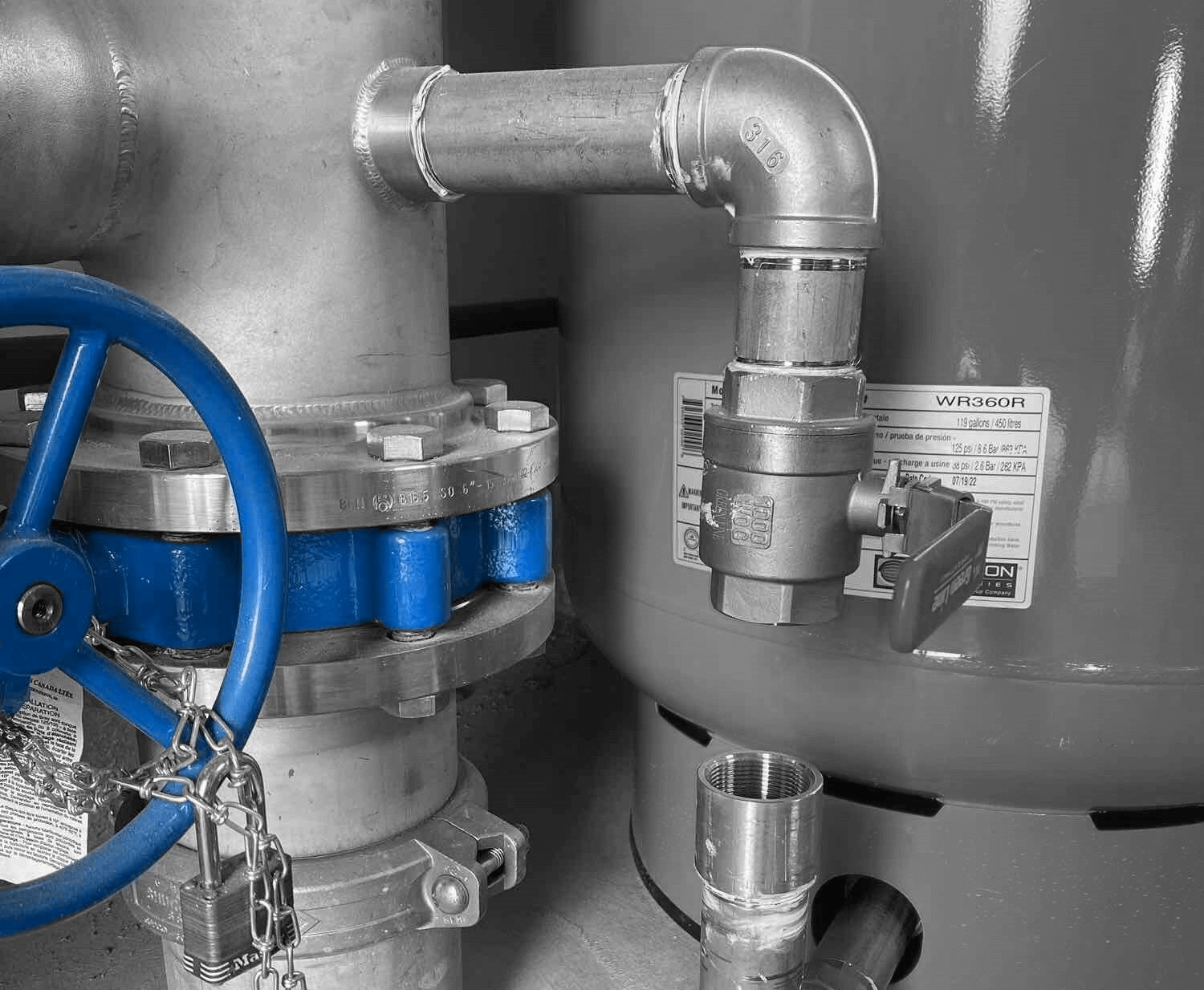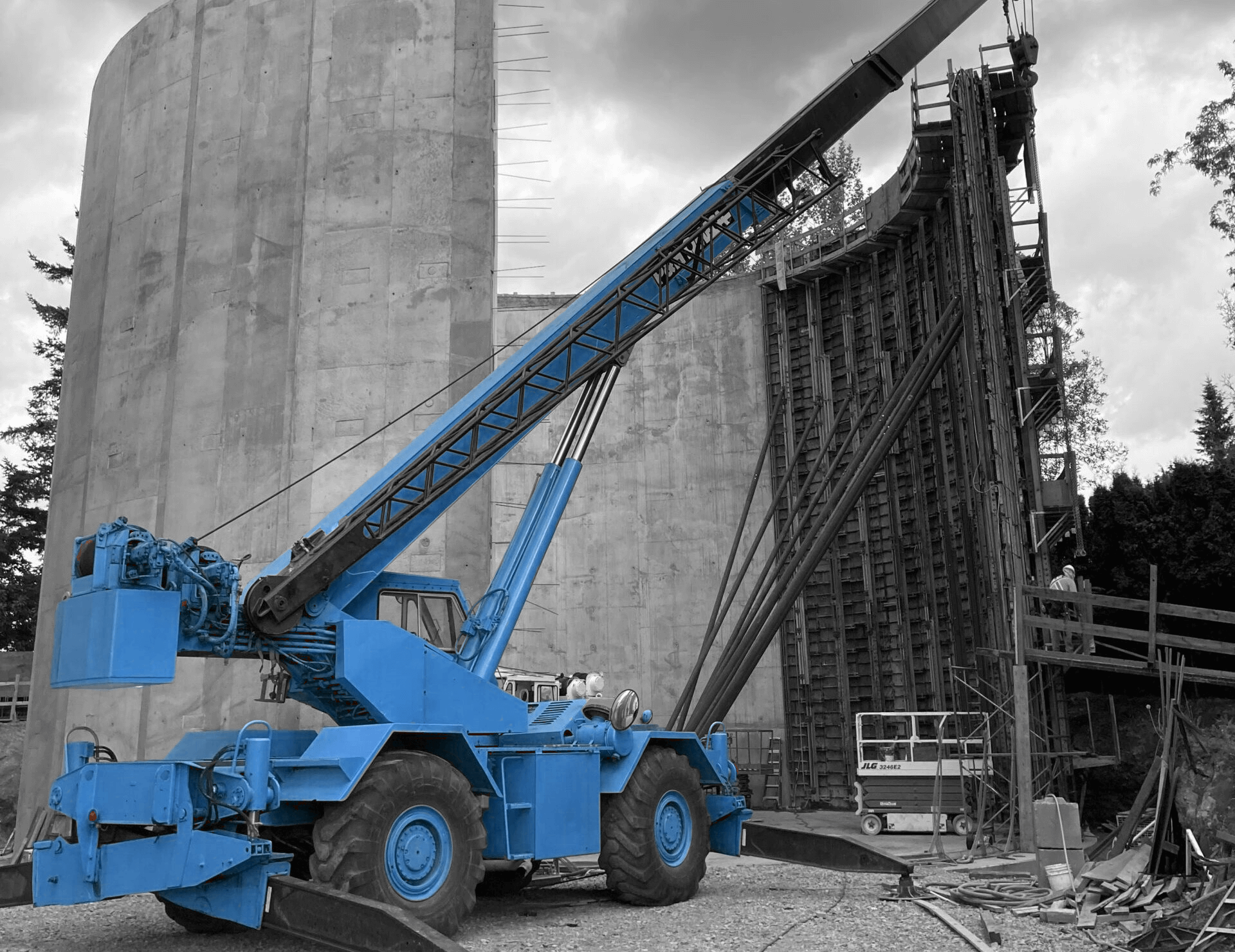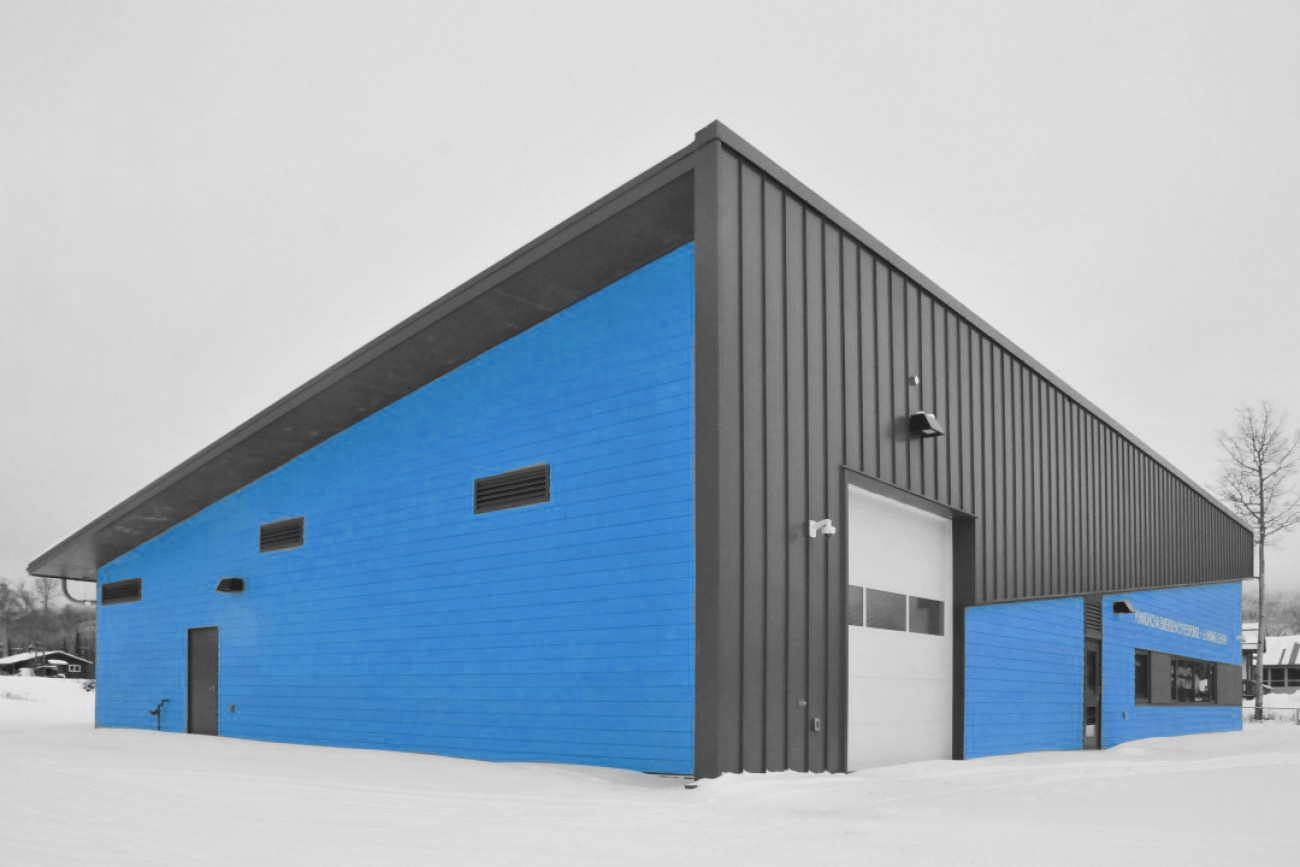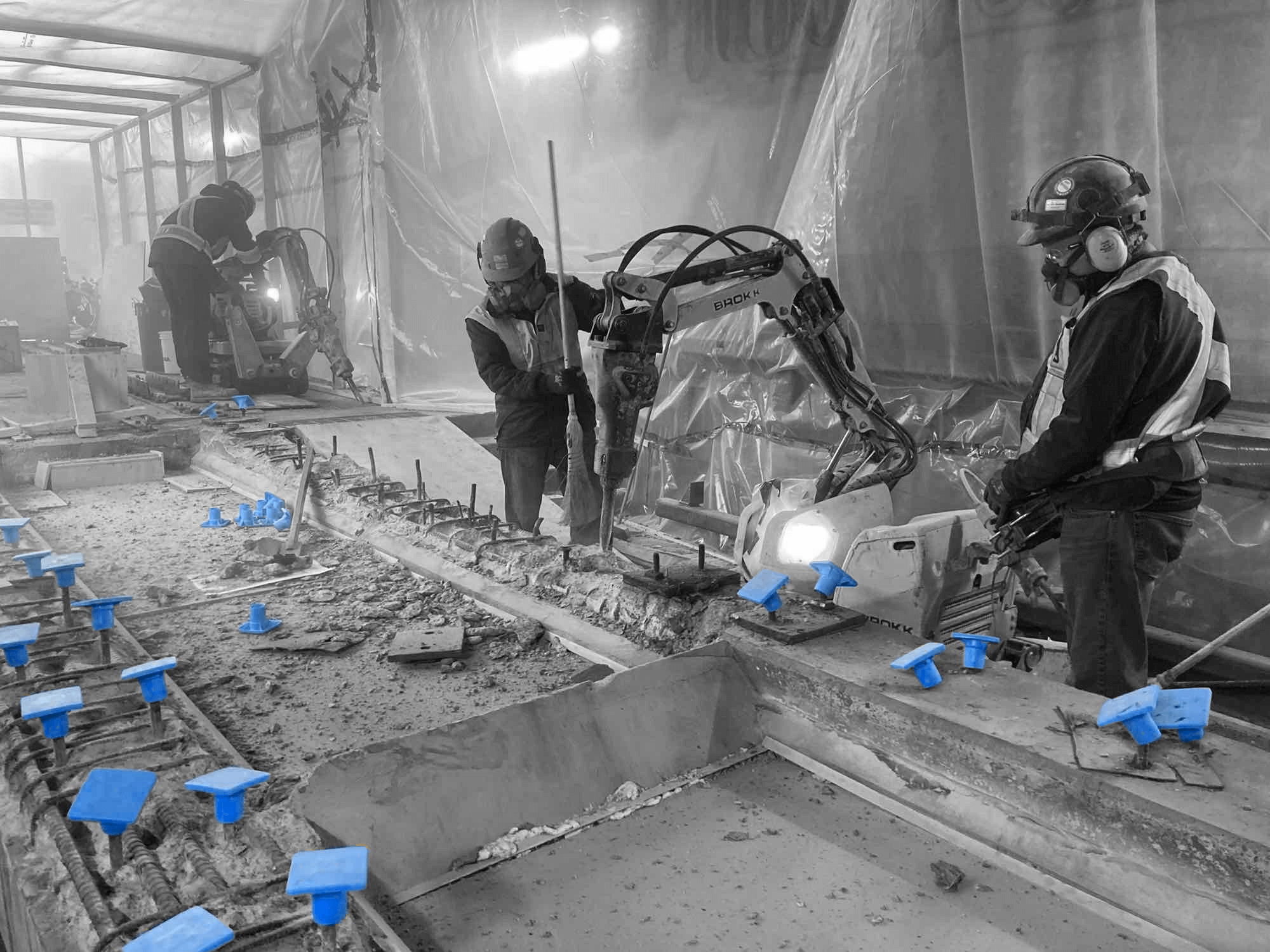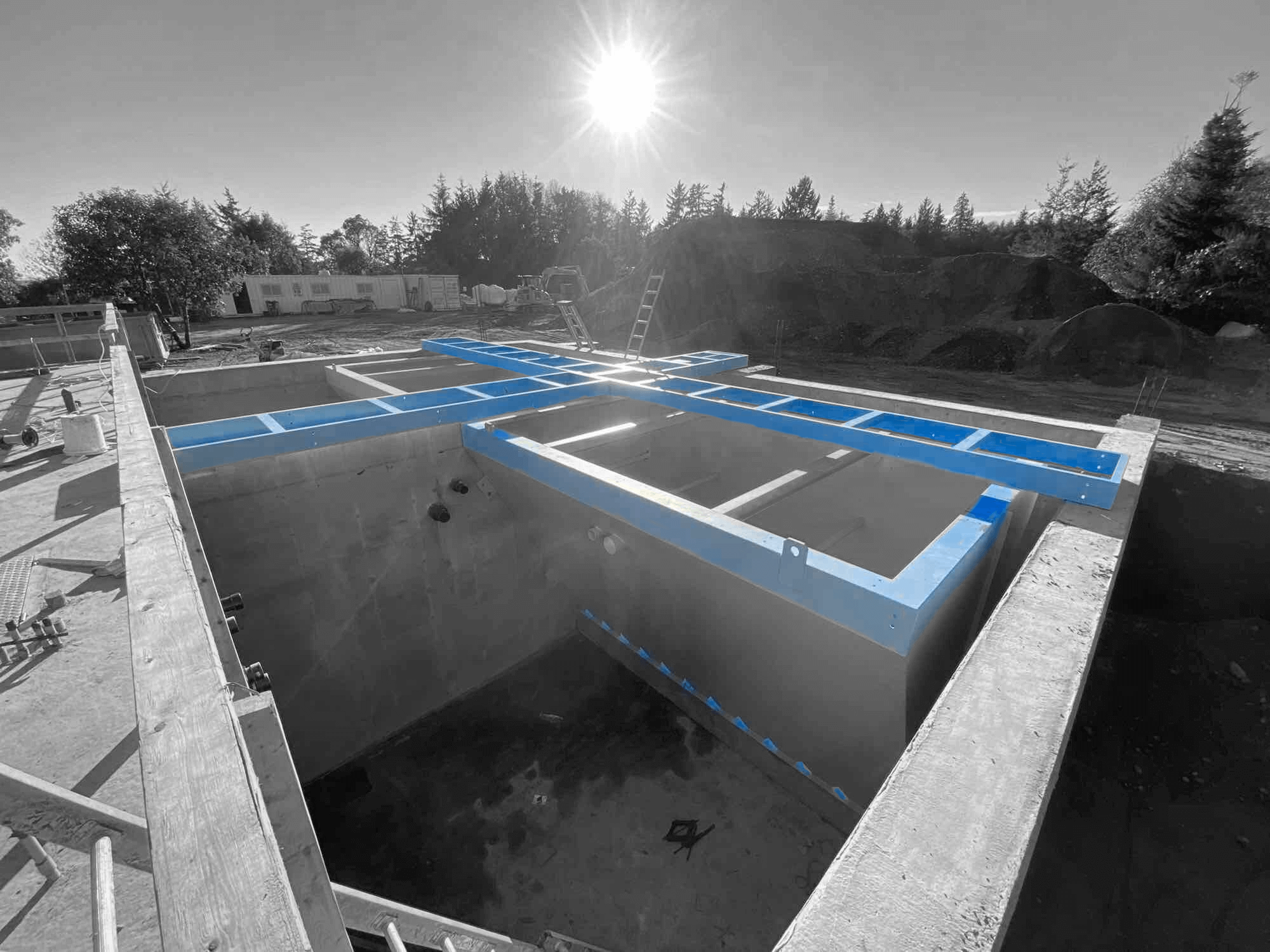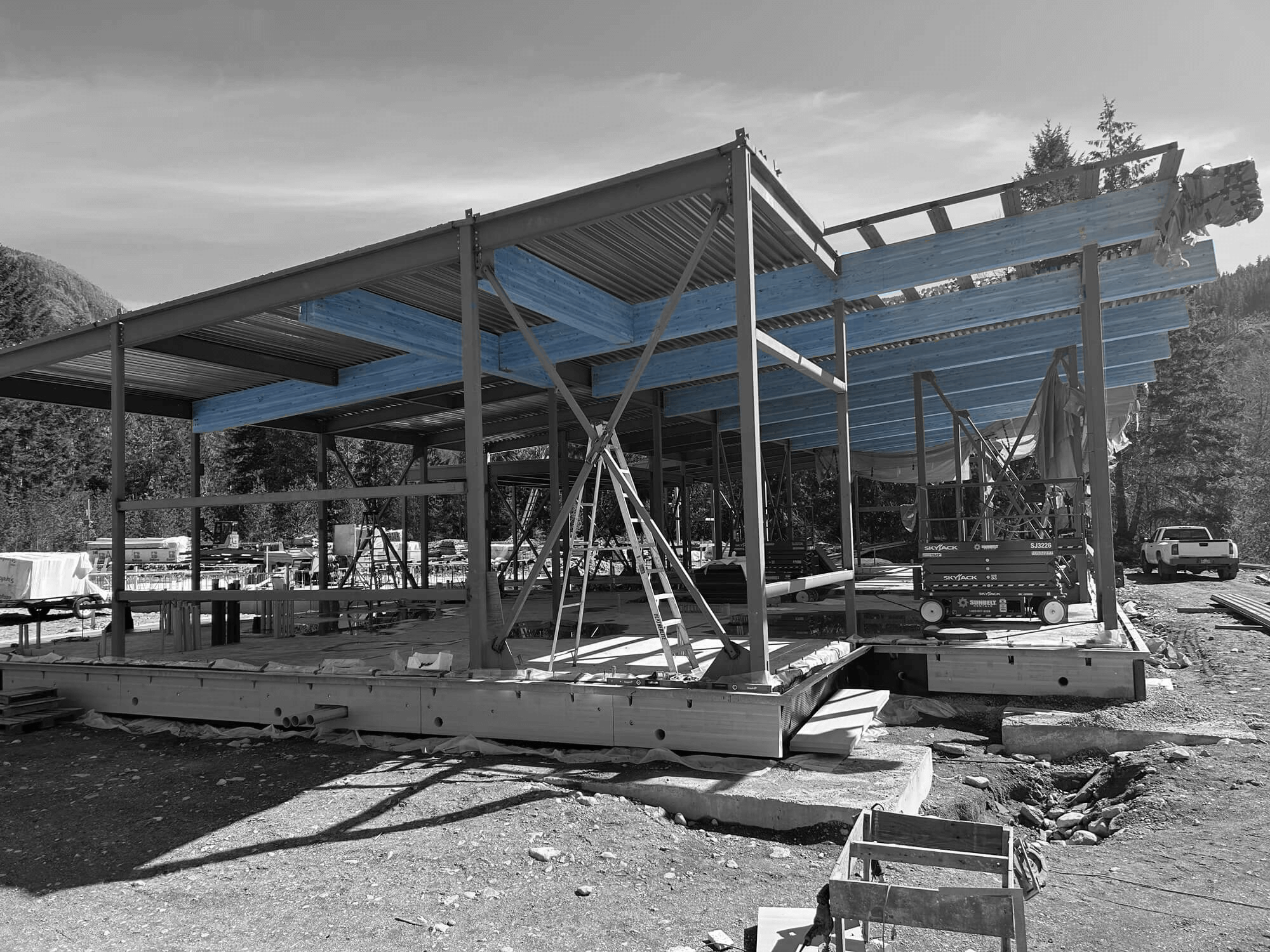Coastal areas are essential for many communities, providing both economic opportunities and recreational spaces. However, these regions face significant risks from natural disasters, such as storms and rising sea levels. Marine construction plays a critical role in improving coastal safety by fortifying shorelines and creating robust defences against these threats. Through engineered solutions like seawalls, breakwaters, and tidal barriers, we can better protect both people and property.
Marine construction projects are complex and require careful planning and execution. They involve advanced technologies and specialized techniques to ensure that structures are strong, durable, and effective. These projects address immediate concerns, such as flooding and erosion, while also considering long-term sustainability and environmental impact. Thus, marine construction not only makes coastal areas safer but also contributes to their resilience and longevity.
As we explore the various ways marine construction enhances coastal safety, it’s essential to understand the different measures and technologies involved. From innovative building materials to sustainable practices, modern marine construction encompasses a wide range of strategies aimed at safeguarding coastal regions.
Understanding Coastal Safety Measures Through Marine Construction
Coastal safety measures are crucial in protecting communities and ecosystems from natural hazards. Marine construction projects employ various structures to mitigate the effects of storms, erosion, and flooding. Seawalls are one common method used to defend against high waves and prevent shoreline erosion. These solid barriers absorb and deflect wave energy, reducing the impact on coastal properties and infrastructure.
Another important coastal safety measure is the construction of breakwaters. These offshore structures are designed to break the force of waves before they reach the shore, creating calmer waters near the coastline. Breakwaters not only protect the shore from erosion but also provide safe harbour for boats and other marine activities. This double function makes breakwaters a vital component of coastal safety infrastructure.
Tidal barriers and flood gates are also integral to coastal safety. These structures control the flow of tidal waters, preventing inland flooding, especially in areas with heavy rainfall or storm surge. By managing water levels, tidal barriers protect both residential and commercial areas from damage. Together, these coastal safety measures form a comprehensive defensive system that safeguards our coastal communities from the unpredictable forces of nature.
Key Technologies Enhancing Marine Construction
Advancements in technology have revolutionized marine construction, making projects more efficient and effective. One key technology is Building Information Modelling (BIM). BIM allows us to create detailed 3D models of construction projects, which helps in planning and coordination. By visualizing every aspect of the project, we can identify potential issues early and make adjustments before construction begins. This effectively reduces the risk of errors and project delays.
Another crucial technology is the use of geotextiles in marine construction. Geotextiles are permeable fabrics that enhance the stability of soil and improve drainage. These materials are used in the construction of seawalls, breakwaters, and other coastal structures. Geotextiles provide additional strength and durability, helping to extend the lifespan of these structures. They also play a role in erosion control, making the shorelines more resilient to natural forces.
Prefabrication is another innovative approach in marine construction. By manufacturing components off-site, we can control quality and reduce construction time. Prefabricated sections, such as concrete blocks or steel beams, are assembled at the construction site with minimal disruption to the environment. This method is particularly useful in remote coastal areas where on-site construction can be challenging.
These key technologies are essential in enhancing the effectiveness and efficiency of marine construction projects. By integrating advanced tools and materials, we can build stronger, more resilient coastal infrastructure that stands the test of time.
Top Benefits of Marine Construction for Coastal Safety
Marine construction offers numerous benefits that directly enhance coastal safety. Firstly, it significantly reduces the risk of coastal erosion. By building structures like seawalls and breakwaters, we effectively minimize the impact of strong waves on the shoreline. This not only protects the land but also prevents the loss of valuable coastal habitats. These engineered solutions act as the first line of defence against the natural forces that continually reshape our coastlines.
Secondly, marine construction projects help to prevent flooding in coastal and low-lying areas. Flood gates and tidal barriers regulate water flow and manage storm surges. These systems are vital during extreme weather events, as they help control the rising waters and protect homes, businesses, and critical infrastructure from flood damage. The presence of such barriers gives communities the confidence to develop and thrive despite the risks associated with living near the water.
Another significant benefit is the improvement of navigational safety. Harbour development and the construction of breakwaters create safer conditions for vessels. Calmer waters and well-protected harbours reduce the risk of accidents and make it easier for ships to dock and unload cargo. This, in turn, supports local economies by ensuring that marine transport remains efficient and reliable. Overall, marine construction plays a crucial role in making our coastal regions safer and more secure.
Implementing Sustainable Practices in Marine Construction
Adopting sustainable practices in marine construction is essential for protecting both the environment and the communities living along coastlines. One key approach is the use of eco-friendly materials. Traditional construction materials can be harmful to marine ecosystems, but alternatives like recycled concrete and biodegradable geotextiles minimize environmental impact. These materials help to maintain the natural balance while still providing the necessary strength and durability for coastal structures.
Another sustainable practice is habitat restoration. Incorporating natural elements, like mangrove plantings and artificial reefs, into marine construction projects can enhance biodiversity and improve water quality. Mangroves, for instance, act as natural barriers against erosion and storm surges, while artificial reefs provide essential habitats for marine life. These natural solutions work in tandem with engineered structures to create a more resilient and balanced coastal environment.
Efficient project management is also crucial for sustainability. By planning and executing projects carefully, we can minimize disruption to existing ecosystems. This includes conducting thorough environmental impact assessments and using technologies like GPS and drones for precise construction. Such measures ensure that the natural surroundings are preserved as much as possible, even during extensive marine construction activities.
Finally, community involvement is a core part of sustainable marine construction. Engaging local communities in the planning and decision-making processes fosters a sense of ownership and responsibility towards coastal protection. Educational programs and public consultations can raise awareness about the importance of sustainable practices, ensuring that coastal developments benefit both people and the planet.
Conclusion
Marine construction plays a vital role in enhancing coastal safety through well-planned measures and advanced technologies. From reducing erosion and preventing flooding to improving navigational safety, the benefits are immense. By integrating sustainable practices and involving communities in the process, we can build resilient coastal infrastructures that protect our shorelines for years to come.
At Industra Construction Corp., we are dedicated to delivering high-quality marine construction projects that balance development with environmental stewardship. Our EPC design-build and construction services are tailored to meet the needs of industrial, institutional, and municipal markets. Contact Industra Construction Corp. today to learn how we can help safeguard your coastal projects with innovative and sustainable solutions.


